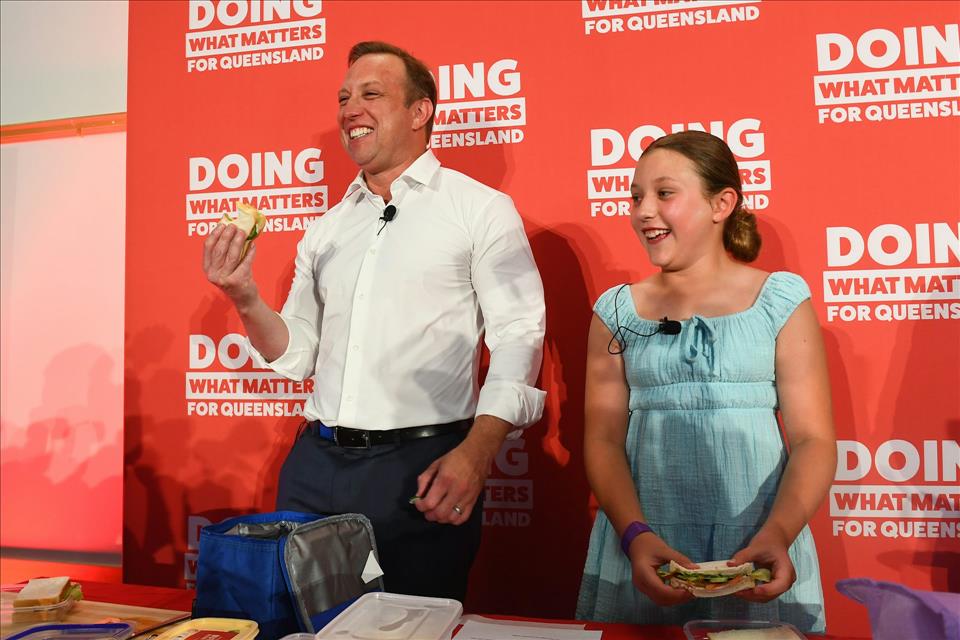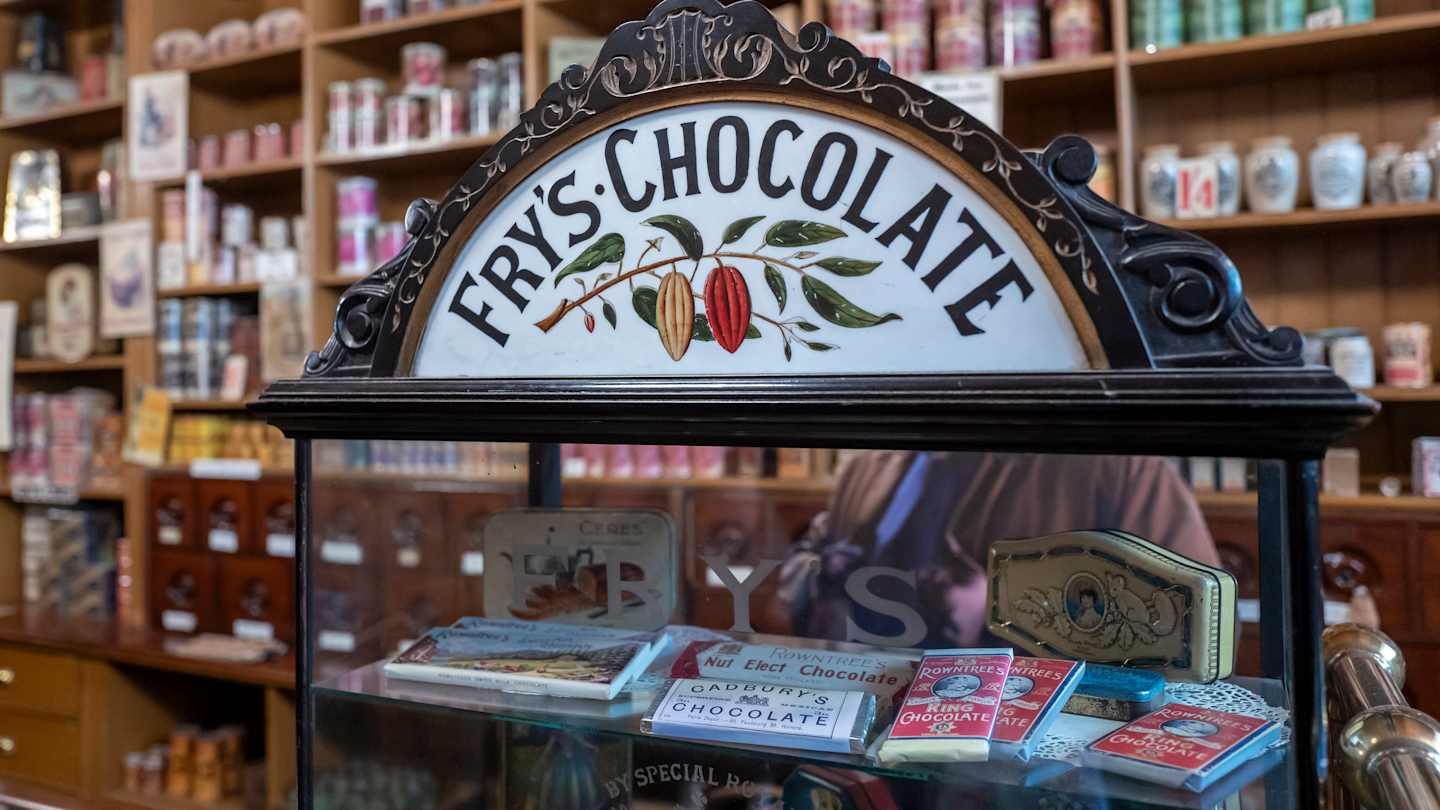The Premier of Queensland, Steven Miles, recently revealed an ambitious proposal to deliver free school lunches to primary students in public schools, should his labor party secure victory in the looming state election. The policy, budgeted at A$1.4 billion, is set to commence next year and could potentially save parents around $1,600 per child, annually.
Steven Miles stated that the prospective meals would be coordinated in collaboration with P&Cs Queensland, the Queensland Association of School Tuckshops, school management, health and Wellbeing Queensland, alongside non-governmental food suppliers. The Greens are concurrently running a campaign that vows to deliver free meals, namely breakfasts and lunches, for each and every state school student at an estimated cost of A$3 billion across the following four years.
The big question now is whether a school lunch initiative would truly assist students and families, plus how would it fare practically? It is somewhat alien for Australia to embark upon such a venture as unlike the United Kingdom and America, Australia lacks a national or even a statewide scheme for free or subsidized school meals.
As it stands, parents are charged with the responsibility of catering for morning tea and lunch via a “lunch box system”. Pre-ordered food from a canteen or tuckshop is also an option for families. Occasionally, states or territories will fund charities and non-for-profit organizations to provide meals programs for under-resourced schools.
However, studies suggest that Australian school children are frequently offered meals that fail to meet nutritional guidelines. Although compulsory guidelines exist for state school canteens and tuckshops, these aren’t consistently implemented. A myriad of canteen menus reportedly host substandard options, and pricing seldom encourages families to opt for healthier meals.
Alarmingly, health surveys indicate a high intake of energy-dense, nutritionally-lacking foods in children’s diets Australia-wide. Also, the Foodbank Report from 2023 states that 36% of Australians are food insecure, with a quarter of these households having children potentially lacking sufficient school food.
As such, introducing a free school lunch program surely poses as a promising solution. Beyond enhancing the health and nutrition of over 326,000 Queensland students, there’s a chance the move could also provide other benefits. Increased school attendance could be one possible positive impact, created by the incentive of providing meals at school. Better nourished children could consequently mean less illness, improved focus, and better academic performance. Importantly, it could also help to alleviate meal-related stress and stigma for financially insecure families. Additionally, the school kitchen could provide an environment for students to potentially acquire skills in healthy eating, food preparation, and service.
Nevertheless, the proposal isn’t without its challenges that need addressing. It’s crucial to ensure the initiative will be appropriately and sustainably designed to avoid becoming an undue burden on taxpayers. The initial set up will require commercial kitchens and equipment, along with trained staff, secure food supply chains, and the necessary policies, plus procedures, which might pose a question on the feasibility of the proposed timeline for a 2025 start. The project needs to be fair for everyone, especially rural and remote Queenslanders. It also needs to cater for food allergies and preferences, cultural eating practices, plus conditions such as autism and attention-deficit hyperactivity disorder (ADHD). However, if handled well, the plan could significantly improve the health and education outcomes for Queensland children, while also easing parental stress. The key to this ambitious project’s success lies primarily in ensuring that all Queensland primary students are offered nutritious and appropriate food within their schools.



